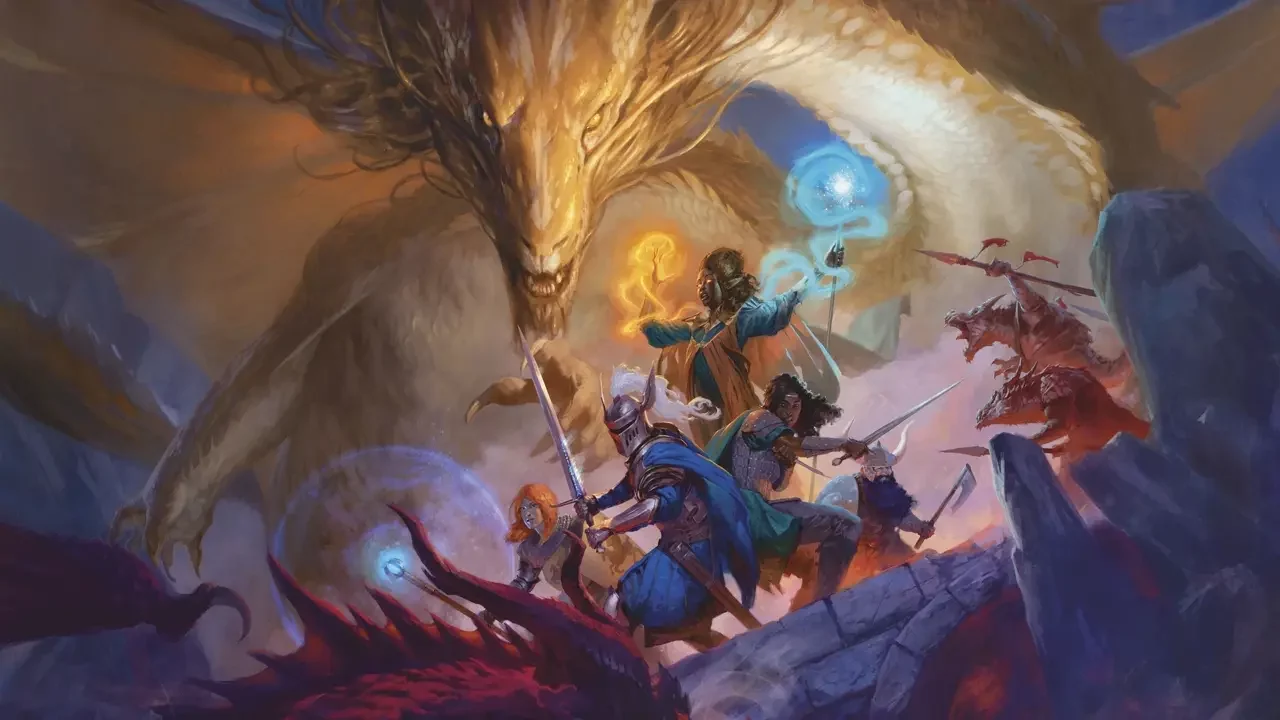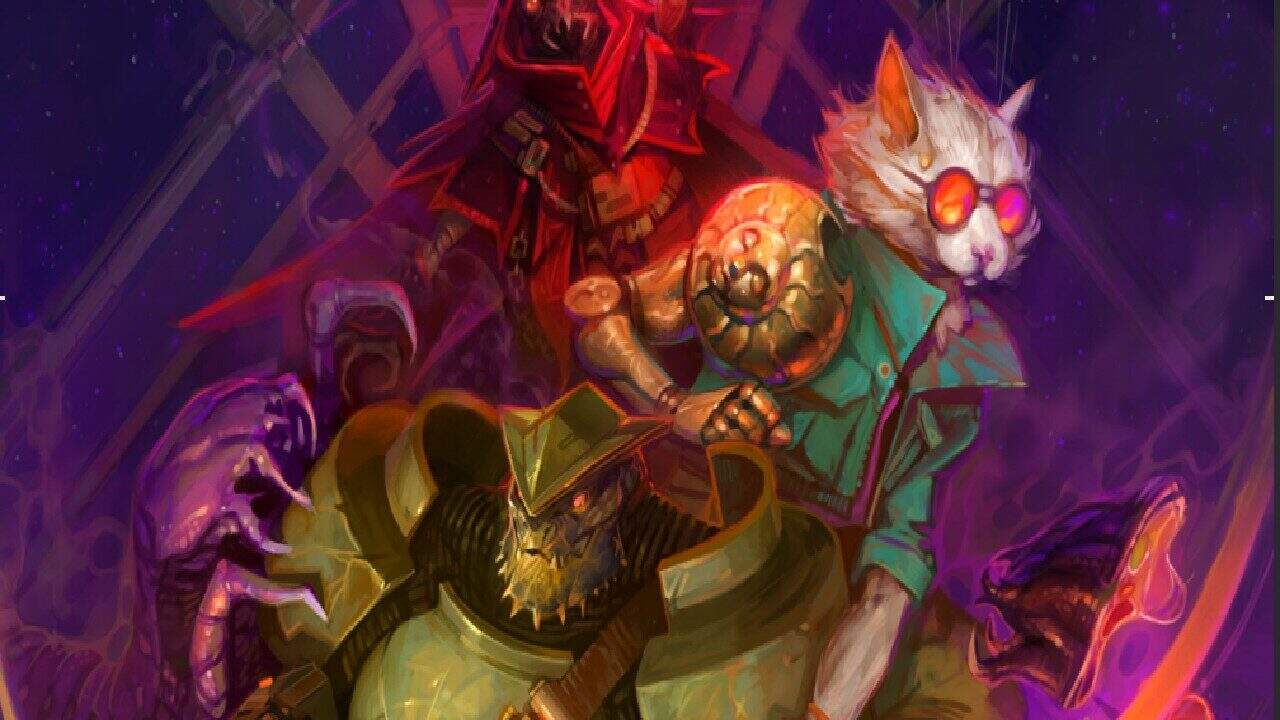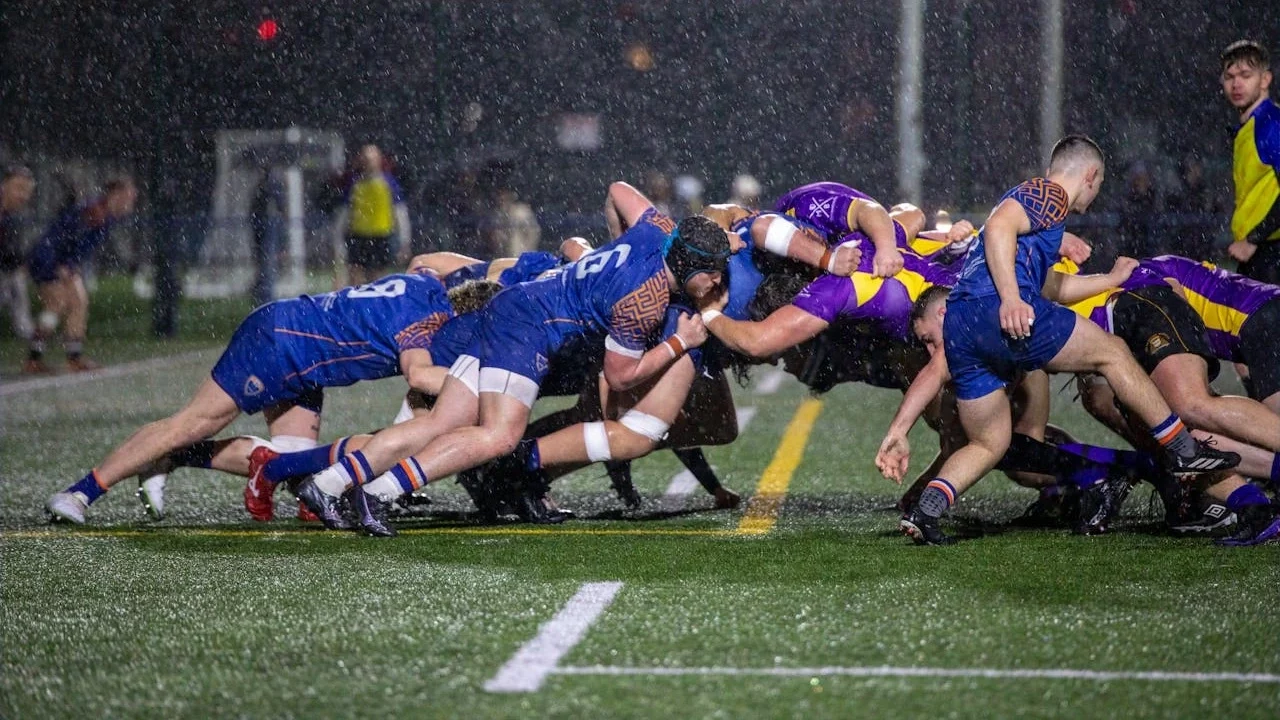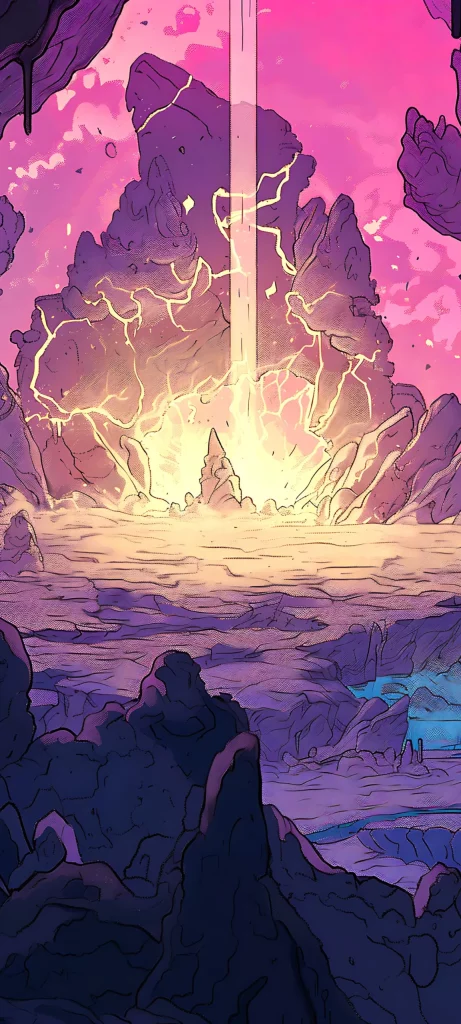
Tabletop roleplaying games (TTRPG), such as the popular Dungeons & Dragons, have been steadily rising in popularity. But, alongside incredible players, the archetype of the toxic player has come along to ruin the play.
A toxic player, also known as "that guy", can make the life of a gamemaster (GM) incredibly difficult. Plus, they can also ruin the fun for everyone else. This article will discuss ways to handle this situation in a group.
There isn't a universal way to handle "that guy" in TTRPG since there are many possible reasons for their disruptive behavior. However, there are still some general strategies for you to try to mitigate the damage.
Toxic Player Behaviors
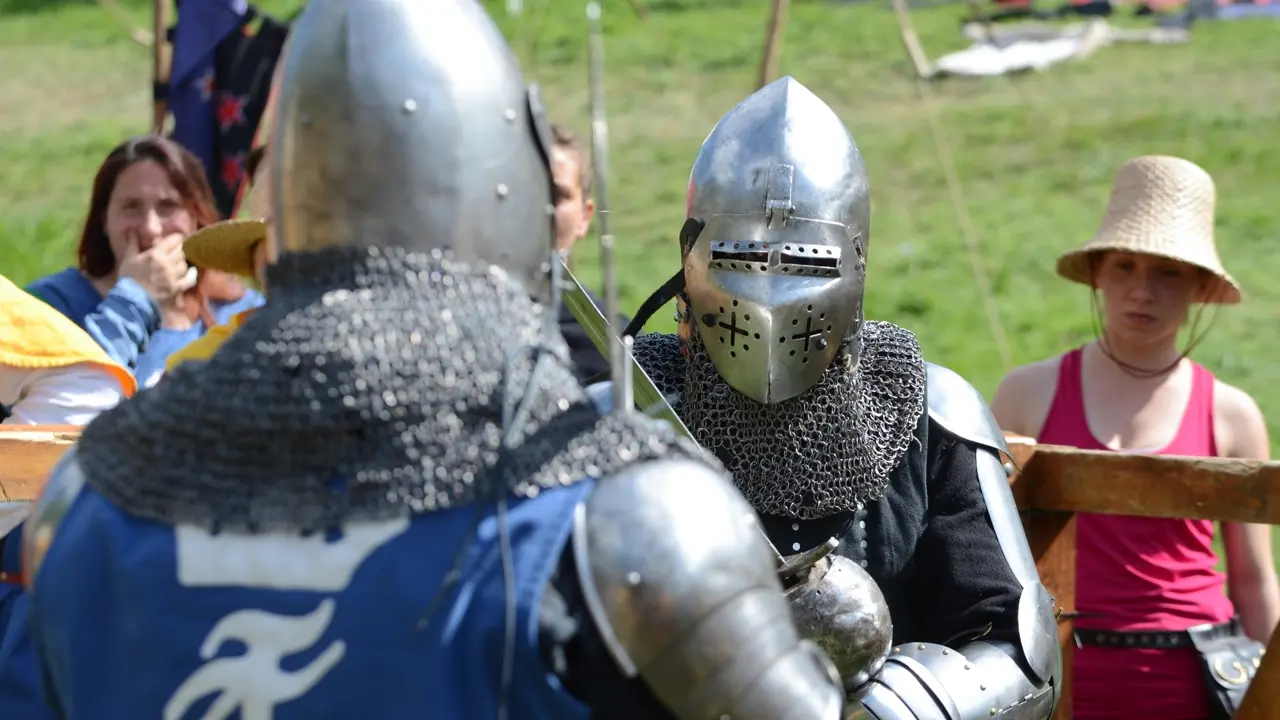
Before accusing someone of disrupting the game, it's important to recognize true toxic behavior—after all, you could be "that guy" too. First and foremost, get to know everyone beforehand, recently formed TTRPG groups can take some time before settling on a dynamic.
Here are some key behaviors that can be defined as toxic in TTRPG:
• Noncompliance: A toxic player may refuse to follow the standard rules of the TTRPG or even the house rules established by the group.
• Criticism: In every game, constructive feedback is very welcome for gamemasters (GM) and players. However, a toxic player may belittle or offend, which is entirely counterproductive.
• Distastefulness: A toxic player may be making inappropriate comments, "jokes", or in-game actions that leaves everyone else uncomfortable.
• Sabotage: Undermining the plot and disrupt other players' characters is a negative behavior. For example, purposefully abandoning the story or trying to do everything alone.
Talk With The Toxic Player
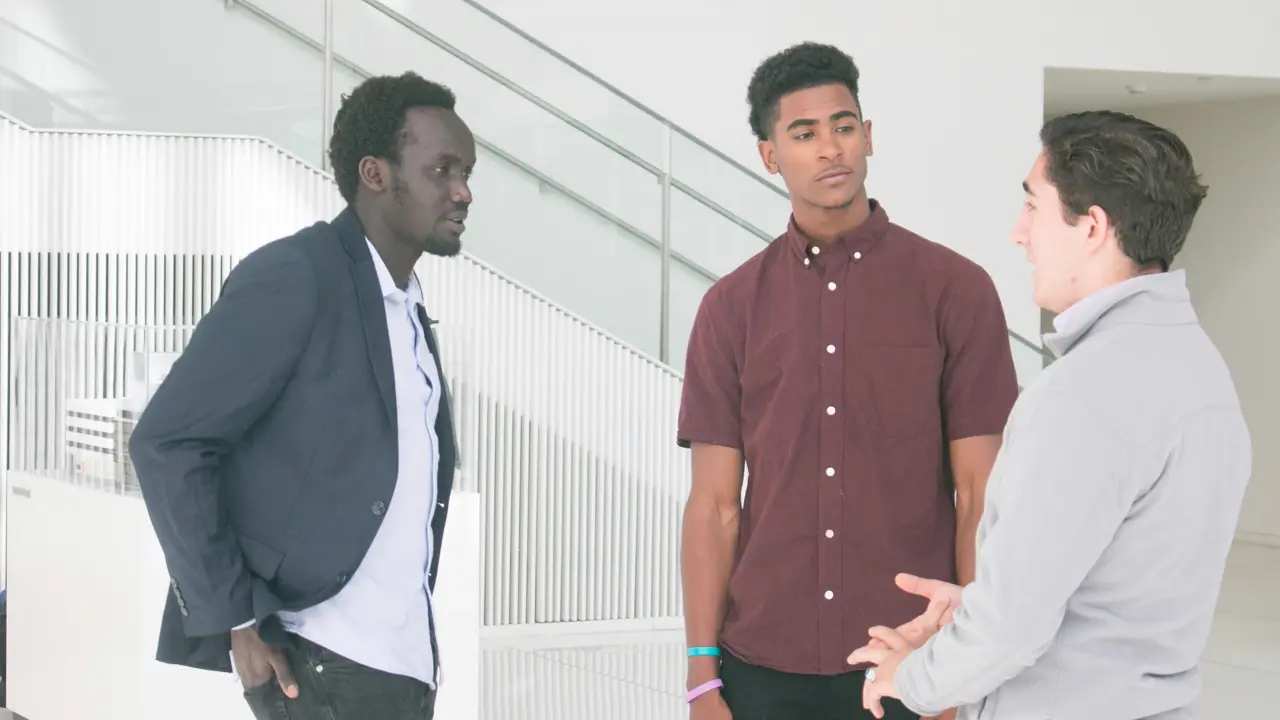
After recognizing toxic behavior, the first thing your group should do is talk to the player.
This initial approach aims to avoid escalating and reluctance, which can worsen things. Explain how the group is feeling uncomfortable with specific attittudes; remember to focus on your perspective and avoid pointing fingers.
Then, after telling your group's side of the story, listen to them. The player may explain a cause or a reason to have acted in such a way. Or, perhaps, they did not even notice that their actions were being disruptive. Either way, try to understand them.
Set Boundaries
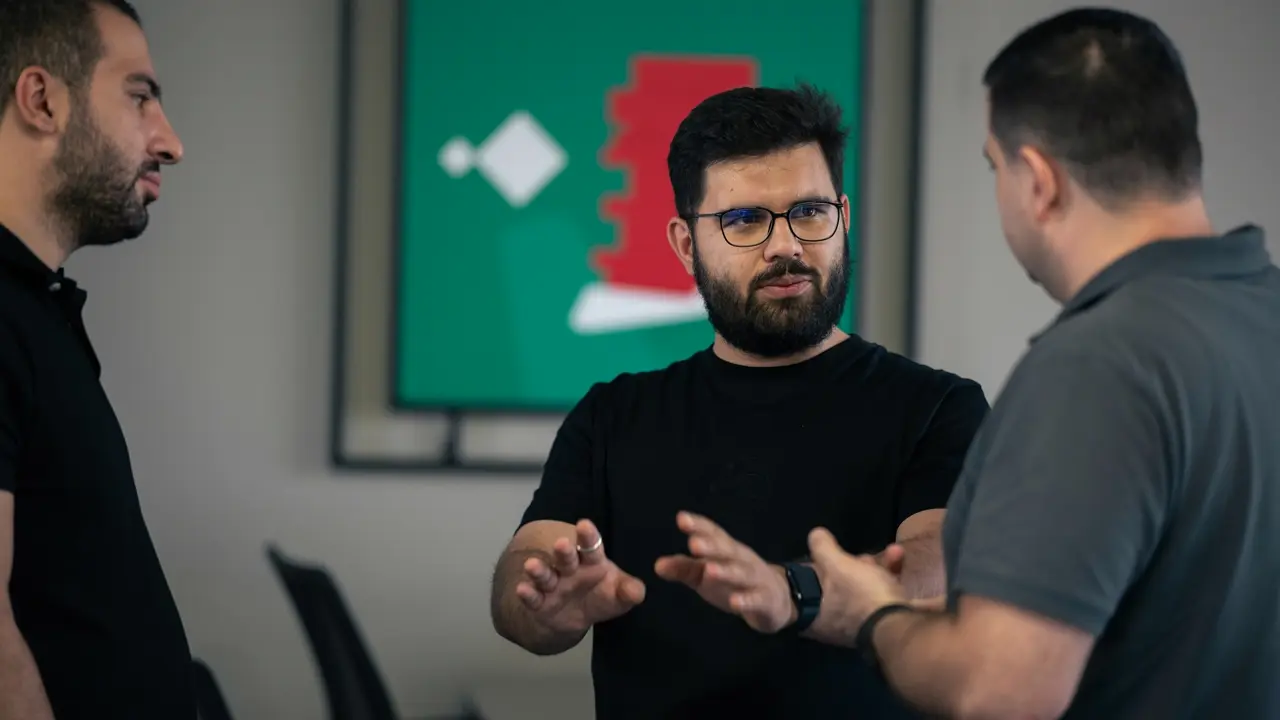
Setting boundaries is an important step in avoiding escalation. Be clear and concise about what can and can't be done inside and outside of the game. For example, trying to play alone or metagaming.
Other examples of boundaries include: don't interrupt other players, pay attention, stay in character, and stop using phones.
Do A Session Zero For TTRPG
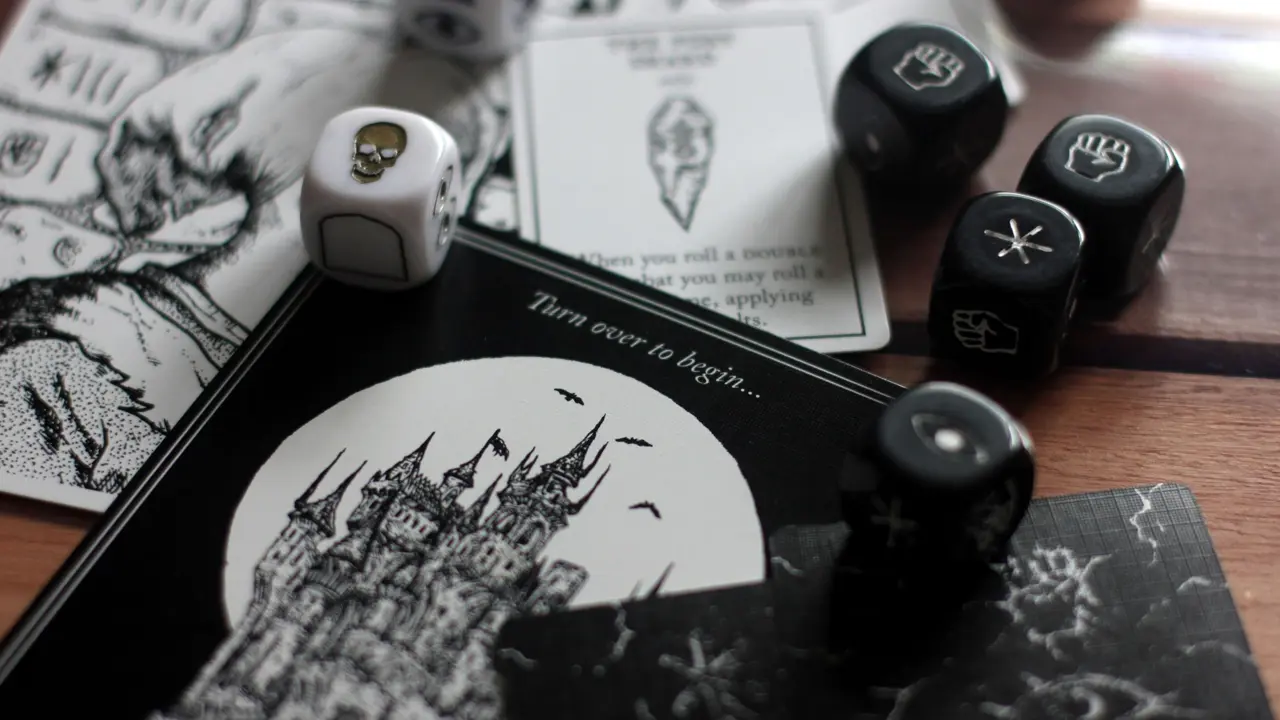
This is more of a tip for a future campaign if your table is already in the middle of one. A session zero is a trial session before the campaign officially starts.
During a session zero, your GM and players can set goals, rules, and boundaries. Consequently, a session zero can avoid many headaches in the future.
Your group can establish "lines and veils", a list of topics or themes that are off-limits (lines) or should be handled with care (veils) in the game. For instance, topics regarding mental health or mature content.
Furthermore, your table can also use the X card. To put it simply, it can be a homemade card that anyone can use to signal that they’re uncomfortable with something that’s happening in the game and want to skip it.
Get Together

Talking about toxic behavior can be difficult topic. However, if the behavior is truly disruptive, gather your fellow players and seek ways to solve this problem.
If the toxic player did not change their behavior even after you tried to understand them and set boundaries, kick the player (not literally). This should be done as a last resort, but it is still something you shouldn't ignore.
One player shouldn't ruin the fun. Tabletop gaming is an incredible way to get together with your friends and just have good ol' time. If you encounter this real life "big bad evil guy" (BBEG), try these tips to create a cool environment for everyone. Good luck!
